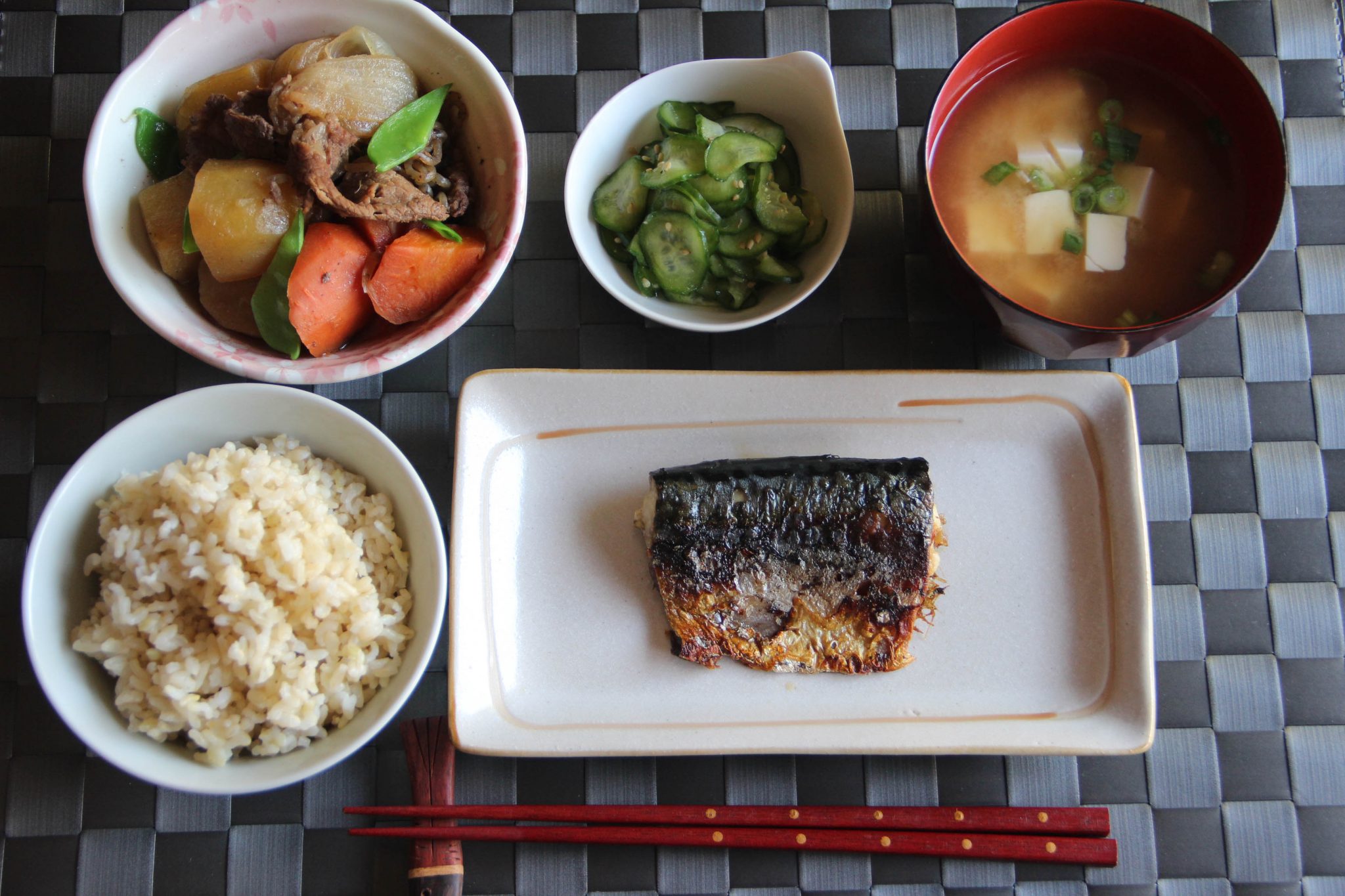A Parent’s Guide to Japanese Food for Dinner!
Hello there, delightful parents! Always on the hunt for new dinner favorites for your family? Well, you’re in for a treat! Today we’re diving into an exciting culinary journey – Japanese cuisine. This guide will surely open a new world of flavors for your family’s dinner time!
Why Japanese Food Should Be Your Next Dinner Choice
Let’s start with a quick question; why should you consider Japanese food for dinner? Easy – it’s nutritious, delicious and wonderfully varied! From mouth-watering sushi to comforting bowls of ramen, these dishes are sure to add diversity to your dinner time and win your family’s heart.
Health benefits of Japanese Cuisine for Your Family
Thirdly, not only are Japanese dishes notable for their delicate flavors and unique presentation, they’re also known for their health benefits! They are typically low in fat and sugar, and filled with essential nutrients from fresh vegetables, lean proteins, and heart-healthy fish. Your family can savor a tasty dinner while keeping healthy!
An Introduction to Popular Japanese Dishes
Now that you’re geared up to try something new at the dining table, it’s time to get to know some of the popular Japanese dishes!
Sushi There’s more to It!
When we talk about Japanese food, sushi is the first name that often comes to mind. But sushi is not just raw fish on rice. Sushi comes in numerous types and styles, all showcasing a unique blend of flavors. Truly, every piece is an adventure for the palate!
Ramen: A Bowl Full of Warmth
Ramen is a staple Japanese dish with an array of variations. This noodle soup dish, complete with protein and veggies, can offer a comforting and satisfying meal or your family – especially on cold nights.
This is just a taste of what Japanese cuisine has to offer for your family’s dinner. We’ll delve deeper into more dishes, as well as offer tips on how to make your Japanese dinner adventure a success in the sections to come. Buckle up, and enjoy the delicious ride!

How to Introduce Japanese Food to Your Kids
One might assume that kids may not always be thrilled to try new, foreign cuisines. But fear not, lovely parents! With a little strategy, we can make this culinary experience fun!
Start with Familiar Concepts
Children may be more receptive to new food if it appears similar to something they already love. Dishes like Yakitori (grilled skewers) could be akin to grilled chicken skewers they’re familiar with, whereas tempura can remind them of light, crispy fried foods.
Make It a Fun Learning Experience
Turn dinner time into a fun, interactive experience. Let your kids try rolling their sushi or assembling their own bento boxes. Not only will they learn about a new culture and its culinary tradition, but they will also enjoy the creative process.
Tips for a Successful Japanese Dinner at Home
Wondering how to have a successful Japanese dinner night at your home? Follow these tips!
Ingredients Matter
Japanese cuisine is rooted in simplicity and freshness. Therefore, pay special attention to source quality ingredients for your dishes. Whether it’s fresh fish for sushi or crisp vegetables for tempura – quality truly makes a difference!
Expect Mistakes, But Keep Having Fun!
Your first attempt at preparing Japanese dinner at home might not turn out perfect. But fret not! Keep things light-hearted and expect laughable moments. Every failure is a step on the path to culinary success!
Conclusion
There you have it, the ultimate guide to introducing Japanese food to your family for dinner time. Remember, variety is the spice of life, and introducing a new cuisine brings adventure to your dining table. So, embark on this unique culinary journey with your loved ones and make meal times something to look forward to. Happy trying and, of course, happy eating!
Preparing Japanese Food for Dinner: A Guide for Parents
Japanese cuisine isn’t just tasty, it can also be quite healthy, making it a great meal option for families. Here are five things parents should know when preparing Japanese food for dinner.
1. Have the Essential Ingredients
When preparing Japanese food, it’s important to have common ingredients on hand. These include soy sauce, rice vinegar, miso paste, and nori (seaweed). Of course, other essentials include rice, ginger, and tofu. Having these staples makes it easier to dive into most Japanese recipes.
2. Master a Few Simple Dishes
Start with perfected basic dishes – a miso soup or a basic sushi roll is a great way to dip your toes in Japanese cuisine. Once comfortable, you can venture into more complicated recipes like tempura, yakitori, or katsudon.
3. Make It Fun
Many Japanese dishes like sushi or onigiri are not only delicious, but also fun to make. These could be great ways to engage your kids in the kitchen, making the food preparation a family activity.
4. Understand the Importance of Presentation
In Japanese cuisine, how the food is presented is just as important as how it tastes. Encourage creativity in your kids while plating your meals, it can be a fun way to introduce them to food aesthetics.
5. Health Benefits
Japanese food is known for its health benefits, often low in calories while remaining high in nutritional value. It’s a great way to introduce healthy eating habits to your kids while enjoying a delicious meal.
Having a Japanese food night at home can be a delightful and enriching experience for the entire family. So, why not give it a shot? And remember, like any other skill, mastering Japanese cooking takes time and patience. So, don’t worry if you don’t get it right the first time, keep cooking and you’ll get there!
For more great articles please see here. For more information see here
Disclaimer
The articles available via our website provide general information only and we strongly urge readers to exercise caution and conduct their own thorough research and fact-checking. The information presented should not be taken as absolute truth, and, to the maximum extent permitted by law, we will not be held liable for any inaccuracies or errors in the content. It is essential for individuals to independently verify and validate the information before making any decisions or taking any actions based on the articles.




